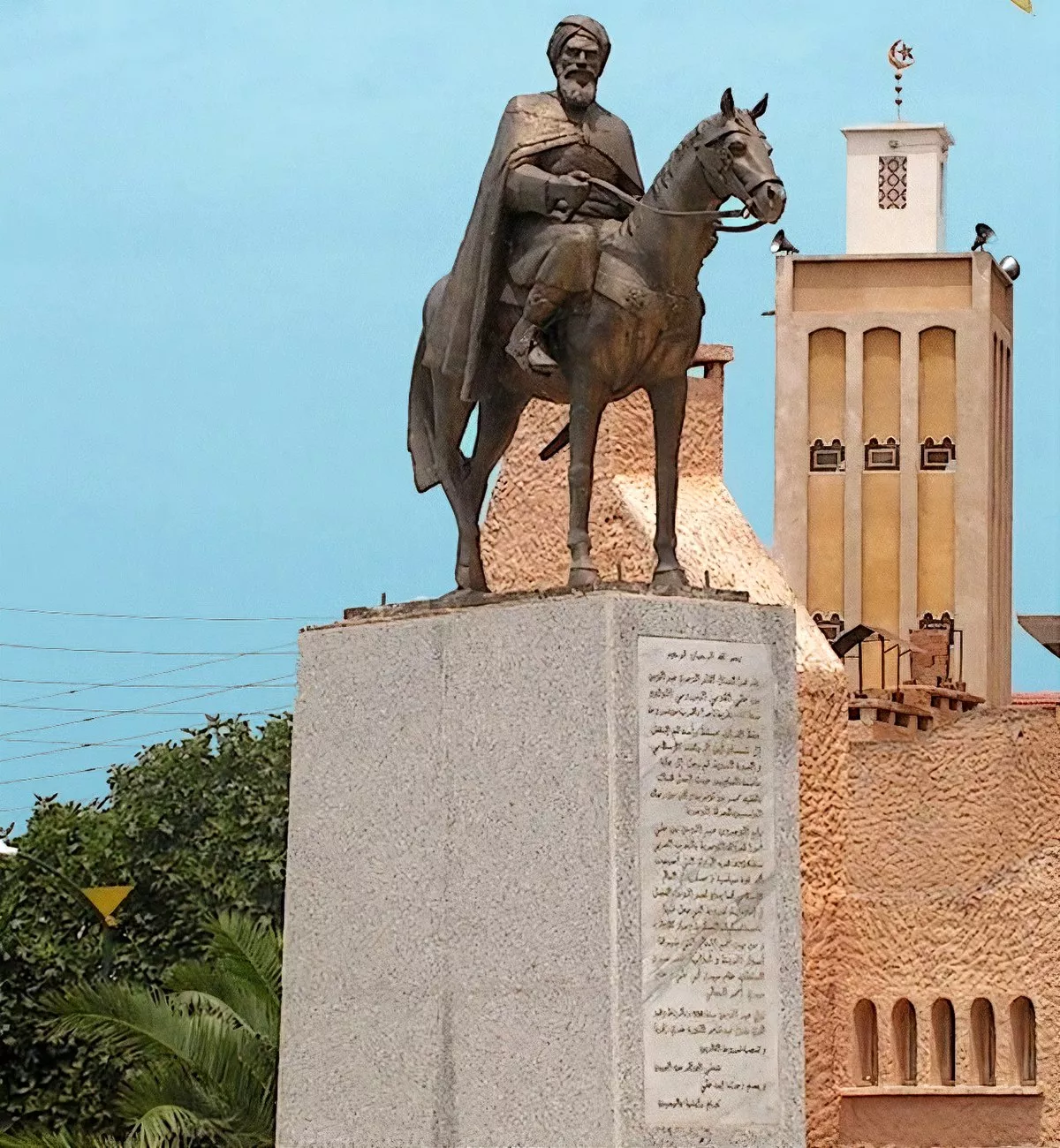 1.
1. Abd al-Mu'min put his predecessor's doctrine of Almohadism into practice, defeated the Almoravids, and extended his rule across Al-Andalus and as far as Tunis in Ifriqiya, thus bringing the Maghreb in North Africa and Al-Andalus in Europe under one creed and one government.